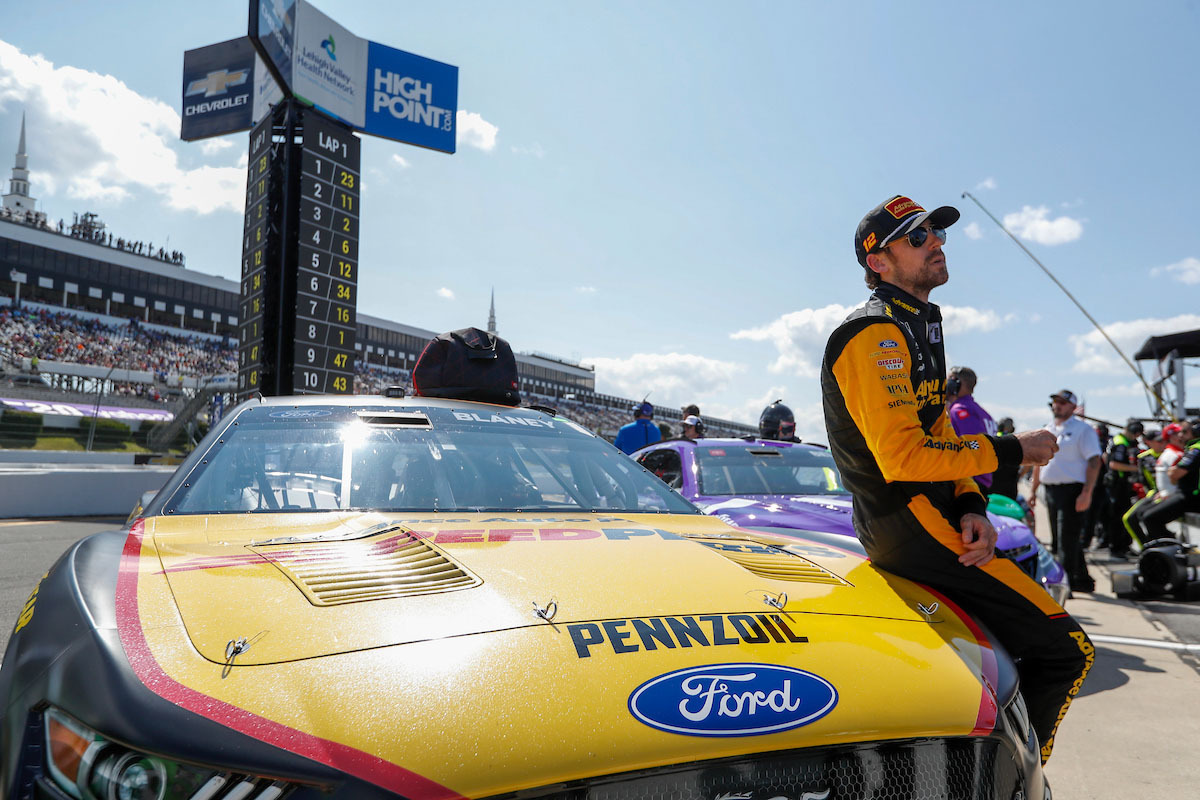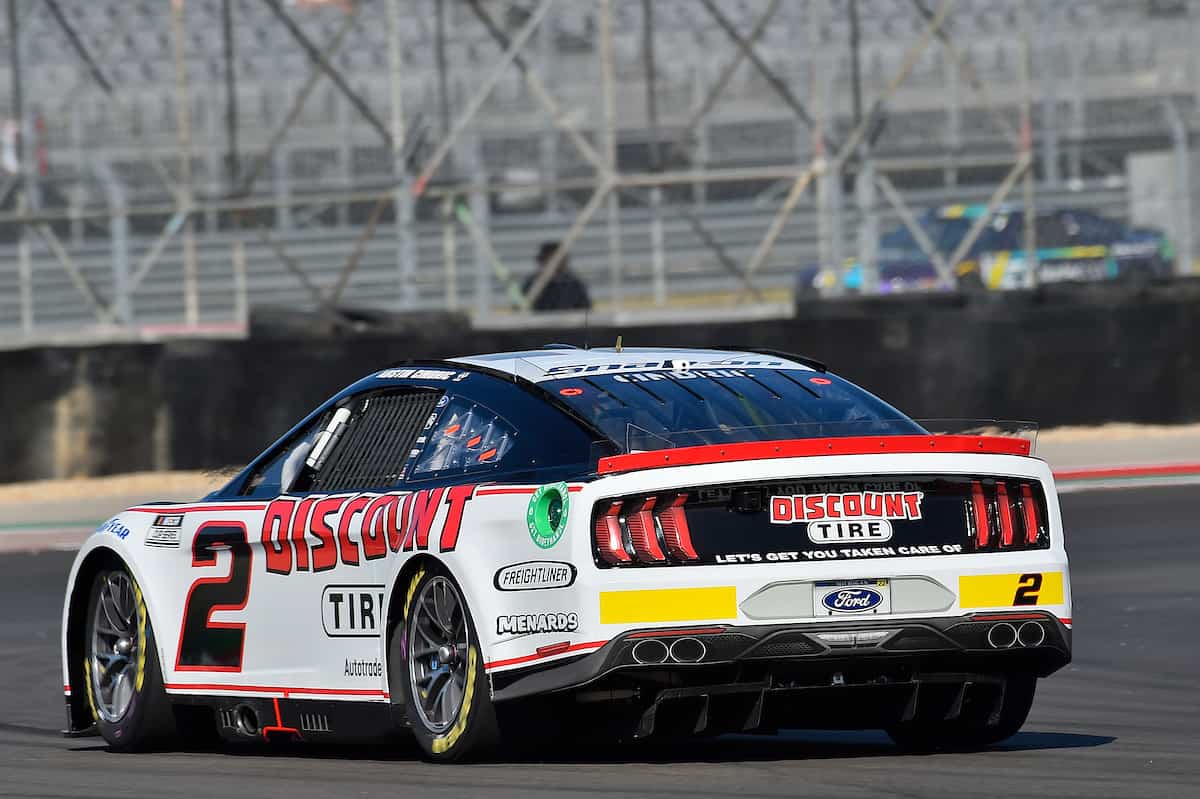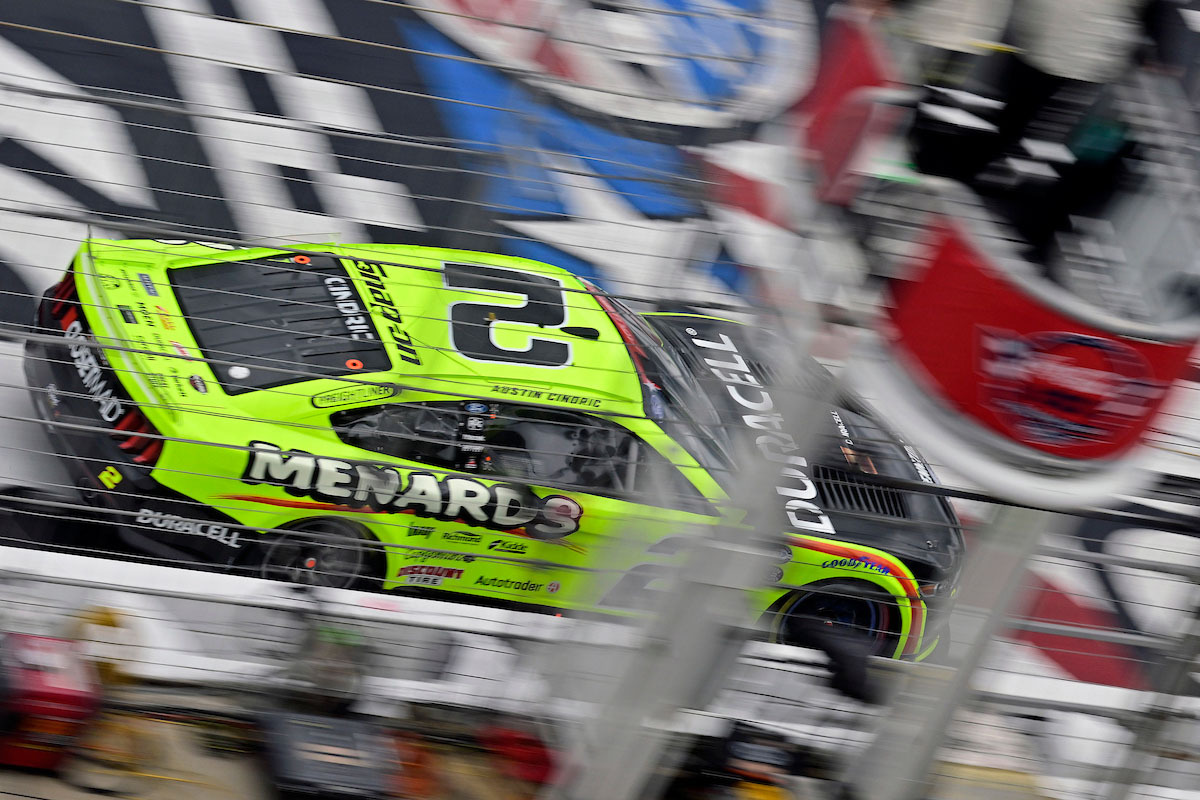What made NASCAR popular?
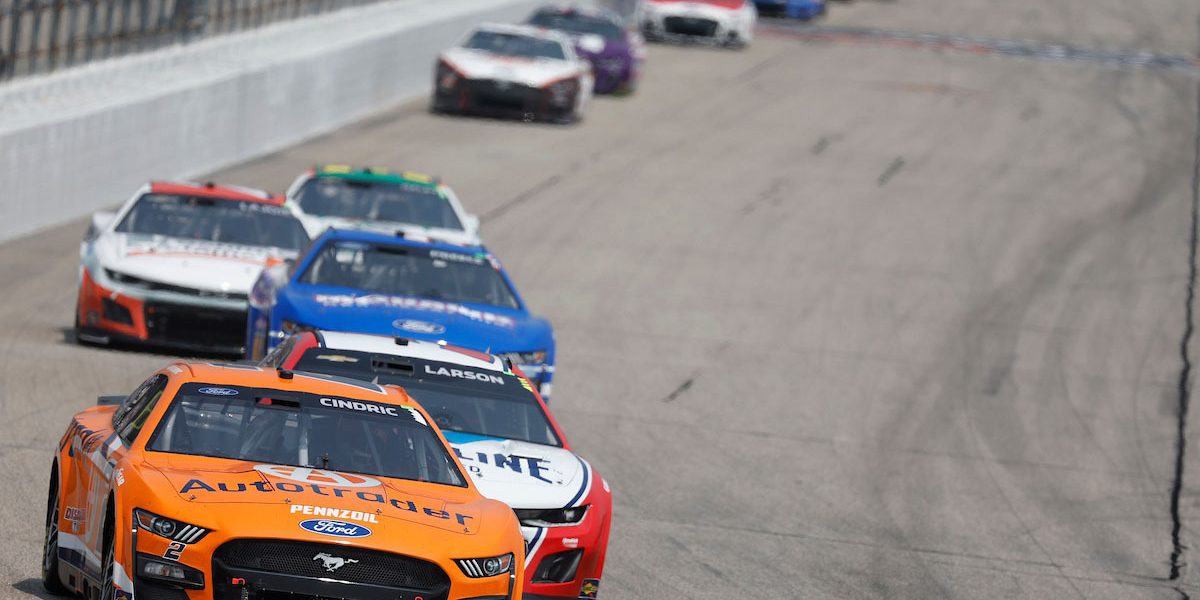
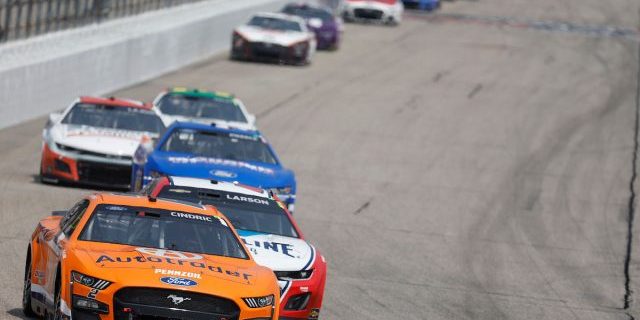
Are you curious about NASCAR’s ascension to popularity? Well, you’re not alone. Many people have pondered why and how NASCAR became such a beloved sport in the United States and beyond.
NASCAR became popular due to several factors, including its deep roots in American culture, the thrilling spectacle of its races, its appeal to the human love for speed and competition, and strategic marketing efforts by the organization.
In this article, we will take an in-depth look at the rise of NASCAR, explore the various elements that contributed to its popularity, and examine how it maintains its strong following today. We’ll delve into NASCAR’s unique history, its broad appeal to fans, the unforgettable moments that have defined the sport, and the marketing strategies that have ensured its place in the popular consciousness.
Table of Contents
A Detailed Explanation: The Ascent of NASCAR
NASCAR’s rise to popularity didn’t happen overnight. It was the result of a unique mix of cultural resonance, the innate appeal of car racing, memorable moments and personalities, and savvy marketing.
Cultural Resonance and the Allure of Racing
NASCAR, or the National Association for Stock Car Auto Racing, was born out of the American South’s culture. In the Prohibition era, moonshiners modified their cars to outrun the law, leading to informal races that eventually formalized into what we now know as NASCAR. This deep connection with American culture and history contributed significantly to its popularity. The appeal of car racing is nearly universal – the roar of engines, the speed, the risk, and the competition all tap into something primal in human nature.
Memorable Moments and Larger-than-Life Personalities
Over the years, NASCAR has been home to a host of larger-than-life personalities whose exploits on and off the track have captured the public’s imagination. These figures, such as Richard Petty, Dale Earnhardt, and Jeff Gordon, became household names and elevated the sport’s profile. Memorable moments, such as the legendary duels on the track or spectacular crashes, have also drawn in viewers and created lasting memories for fans.
Strategic Marketing Efforts
NASCAR’s organization also deserves credit for its strategic marketing efforts. They’ve worked hard to broaden the sport’s appeal beyond its traditional base, reaching out to new demographics and investing in promotional efforts to build a strong, diverse fanbase. NASCAR has also embraced technology, providing fans with immersive, interactive experiences that keep them engaged and invested in the sport.
Broadening the Fan Base
NASCAR’s expansion into diverse demographic segments has also boosted its popularity. In the past, the sport was primarily associated with a specific demographic – predominantly white, working-class males from the South. However, NASCAR has made considerable efforts to broaden its appeal and reach a wider audience.
Initiatives to encourage inclusivity and attract diverse audiences, such as the Drive for Diversity program, have been significant. This program aimed to attract more minorities and women to the sport, both as drivers and fans. Simultaneously, NASCAR has launched efforts to expand globally, attracting international viewers by hosting races in countries like Canada, Mexico, Australia, and Japan.
Technological Advancements
The embrace of technology has played a crucial role in NASCAR’s popularity. The sport has integrated cutting-edge tech to enhance viewer experience, such as employing virtual reality to provide fans with immersive, 360-degree views of races. NASCAR was also an early adopter of social media, using platforms like Facebook, Twitter, and Instagram to interact with fans and keep them engaged with behind-the-scenes content, driver interviews, and more.
Moreover, NASCAR has a robust online presence, offering fans numerous ways to engage with the sport digitally. From fantasy NASCAR leagues to video games and mobile apps, these platforms provide fans with a way to participate in the sport, even when they can’t physically attend the races.
Media and Sponsorships
NASCAR’s rise to prominence has also been driven by extensive media coverage and lucrative sponsorship deals. Early television broadcasts in the 1970s brought the sport into living rooms across the country, while high-profile sponsorships have linked NASCAR with major brands, further legitimizing the sport and increasing its visibility.
These elements combined – a widening fan base, embracing technology, and exploiting media and sponsorships – have driven NASCAR’s ascent in popularity, turning it into a billion-dollar sport that captures the attention of millions of viewers worldwide.
The Transformation of NASCAR’s Image
Safety Innovations
NASCAR’s commitment to safety has also contributed to its popularity surge. After a series of fatal accidents, the most notable being the death of racing icon Dale Earnhardt in 2001, NASCAR made safety a top priority. It implemented various measures to ensure driver safety, such as introducing the Car of Tomorrow (CoT) with enhanced safety features like energy-absorbing foam and larger driver compartments. NASCAR also mandated the use of HANS (Head and Neck Support) devices to reduce the risk of head and neck injuries during crashes. These improvements not only increased driver safety but also improved the sport’s image, thereby attracting a broader audience.
Rivalries and Personalities
The intense rivalries and larger-than-life personalities in NASCAR have been another key to its popularity. Classic rivalries, like the one between Richard Petty and David Pearson, and the colorful personalities of drivers like Dale Earnhardt Jr. and Jeff Gordon, have captivated audiences. Fans enjoy the competitive spirit and the personal dynamics between drivers, adding an extra layer of excitement to the races.
The Role of NASCAR Families
The tradition of family involvement in NASCAR has also helped to boost its popularity. Many NASCAR drivers come from racing families, which has created captivating multi-generational narratives. The Earnhardts, the Pettys, and the Allisons are some of the families that have made their mark on the sport. This aspect gives fans a deeper connection to the drivers and their histories, adding a unique, personal element to the sport.
In the next section, let’s delve into the cultural impact of NASCAR and how it has become a staple in American society.
NASCAR’s Cultural Impact and Future
NASCAR and American Culture
NASCAR’s impact extends beyond the race track. It has significantly influenced American culture and society, primarily through its representation in various forms of media. Films like “Days of Thunder” and “Talladega Nights: The Ballad of Ricky Bobby” have helped to popularize NASCAR, bringing the sport to a wider audience. Even animated films like “Cars” have used NASCAR as a backdrop, introducing the sport to younger audiences.
Growth and Global Expansion
Despite its humble beginnings, NASCAR has grown into a global brand, increasing its worldwide appeal. International races, such as those held in Japan and Australia, have helped to spread the sport beyond American borders. NASCAR’s partnership with Eurosport also helped the organization reach over 200 countries and territories worldwide, paving the way for new international fans.
Influence of Technology and Social Media
The digital age has been pivotal in NASCAR’s popularity growth, with advances in technology and social media playing crucial roles. Innovations such as live streaming services, in-car cameras, and high-definition broadcasts have brought the on-track action right into the living rooms of fans. Moreover, the use of social media platforms like Twitter, Instagram, and Facebook has allowed fans to engage with drivers and teams on a personal level, further deepening their connection to the sport.
History of NASCAR
The roots of NASCAR can be tracked to the bootlegging scene in the southern United States during Prohibition. To evade law enforcement, fast and agile cars were developed, leading to stock car racing. Bill France Sr. took advantage of this love of speed and founded NASCAR in 1948. He introduced safety features, set rules and created a championship system, making NASCAR the top stock car racing group in America.
NASCAR spread to different parts of the country, and fans from all lifestyles joined. Regional tracks and sponsorships helped bring races to more people. In 1979, the Daytona 500 became the first NASCAR race on national television, with over 15 million viewers and cementing its place in American culture.
In its history, NASCAR has experienced difficulties such as reduced viewership due to changes in the media and diversity and inclusivity disputes. Still, to stay connected with fans, NASCAR altered its format and invested in tech, ensuring it still has an enthusiastic following for its unique high-speed races on four wheels.
Early Beginnings of NASCAR
To understand the early beginnings of NASCAR with a focus on the first NASCAR race and the birth of stock car racing, delve into this section. Discover the factors that fostered its popularity and created the foundation it stands on today.
The First NASCAR Race
In 1948, NASCAR’s first race was held at Charlotte Speedway. That’s when the National Association for Stock Car Auto Racing formed, organizing and regulating stock car racing.
That first year, there were only eight races. Two tracks hosted multiple events. Competitors were mostly locals with self-built race cars. Modified from stock cars.
The first official NASCAR champion was crowned by total points from all races, not just individual events.
NASCAR has grown from humble beginnings to one of the world’s most popular sports. Don’t miss out on a live race and experience it!
The Birth of Stock Car Racing
NASCAR’s roots go back to the Prohibition era. Bootleggers raced souped-up vehicles to outpace police cars. This led to competitive car races on dirt tracks in the South, and Stock Car Racing was born.
At first, drivers raced modified street cars. But, after World War II, these were replaced with stock models. The first organized race was held in 1947.
Bill France Sr. and his wife founded the National Association for Stock Car Racing (NASCAR) in 1948. This body standardized rules and safety measures. But, some states lacked racing infrastructure, so organizers chose rural venues.
Publicity and corporate backing (e.g. Pepsi and Coke) increased audiences to thousands of people. Then, in 1983, Bill France Sr. convinced NBC Sports to televise the Daytona 500. On the final lap, Cale Yarborough and Donnie Allison crashed, allowing Richard Petty to win his seventh Daytona.
Today, Stock Car Racing has millions of fans around the world.
NASCAR Racing in the 1950s
To understand NASCAR racing in the 1950s with the emergence of NASCAR as a major sport and NASCAR’s popularity in the South, you need to explore the contrasting approaches to the sport. Your focus will be on how the sport evolved in the United States and how it gained a loyal following in the south.
Emergence of NASCAR as a Major Sport
NASCAR’s rise as a major sport in the 1950s was due to several elements. Sponsorship and media coverage increased. Rules and race formats were more organized. This caused larger crowds to come and see drivers compete on American ovals.
Famous names like Lee Petty, Fireball Roberts and Carl Burleson appeared. These people left an everlasting impact on NASCAR. The sport advanced, but stayed connected to Southern American culture.
It is a fact that Darlington Raceway ran the first NASCAR Cup Series race in 1950.
NASCAR’s Popularity in the South
Back in the 1950s, NASCAR’s popularity in the southern states was evident. It appealed to the working-class population as a source of entertainment and a means of escapism due to its affordability.
Attending races regularly created a strong sense of community. Fans gathered year after year, and supported their local drivers. This bond between the sport and the community still remains today.
Moreover, televised broadcasts allowed existing fans to witness races, and attracted new audiences from beyond the South. NASCAR also paved ways for aspiring racers to show their skills competitively. Innovative engineering techniques and setup provided unique opportunities.
This essence of NASCAR has shaped what it is now – a globally iconic motorsport event.
Expansion of NASCAR into Mainstream America
To understand how NASCAR grew into a mainstream American sport, you need to look into its expansion strategy. And a crucial aspect that fueled its growth was television coverage and the role of sponsors. In this section, you will explore the sub-sections, Television Coverage of NASCAR and The Role of Sponsors in NASCAR’s Growth, to get a better insight into how NASCAR has become a phenomenon in American culture.
Television Coverage of NASCAR
NASCAR has zoomed into mainstream America, and TV coverage has skyrocketed. Major sports networks are broadcasting races live, with millions of viewers tuning in all around the world. It’s an attractive option for advertisers and sponsors, with extensive pre-race and in-race promos.
Coverage isn’t just the race, but pre-race shows too. They offer insights into the drivers, teams and strategies. Post-race analysis helps viewers understand the race outcome and performances. In-car cameras, pit stops and driver interviews allow viewers to experience the thrill of high-speed racing.
NASCAR’s appeal goes beyond traditional racing fans. TV networks target a younger demographic with music concerts, unique fan experiences and digital platforms.
The Role of Sponsors in NASCAR’s Growth
NASCAR has ventured into mainstream America, thanks to the vital contributions of sponsors. They not just provided finance, but also aided in creating brand recognition, getting more fans and enlarging its audience. The relation between sponsors and NASCAR isn’t just an exchange, it’s a partnership. The sponsors’ investments are rewarded with immense following and media attention. So, the connection of sponsors and NASCAR’s success is undeniable.
One thing that sets NASCAR apart from other sports is the way they approach sponsorships. Companies go beyond just using driver’s name or team number for advertisement. They do research to make sure their marketing message resonates with different demographics in the race. NASCAR is used as a marketing tool for companies to show off their products/services, gain customer knowledge and increase brand exposure. Therefore, brands have become an essential part of the sport.
Brand activation techniques used by companies have a huge role in putting on a show for fans and selling products. This unity among companies gives brands the opportunity to show how their products can improve fan experience.
The Appeal of NASCAR to the Masses
To understand the appeal of NASCAR to the masses, we explore “The Thrill of Speed and Danger” and “The Accessibility of NASCAR to Fans”. These factors have made NASCAR a widely popular sport.
The Thrill of Speed and Danger
The thrill of speed and danger has an allure. It draws people to the racing sport. The risk associated with motorsport brings a rush that’s hard to replicate. The adrenaline is addictive, making it appealing.
It’s not just about speed. Skill, teamwork, and decisions are important too. Fast turns, avoiding collisions – these all captivate viewers. It’s an experience unlike any other.
NASCAR has one extra special thing. Fans form personal connections with drivers. They become invested in their wins, losses, and progress. This creates an emotional connection, making the experience even better.
NASCAR has grown from a local thing to a national tradition. It brings together passionate fans for high-speed competitions each year. Even if you can’t afford a Lamborghini, you can still get that speed rush at NASCAR.
The Accessibility of NASCAR to Fans
NASCAR’s popularity lies in its accessibility for fans. Tickets are affordable and races take place across the US, making it easier for them to attend. Plus, the interactive experience NASCAR provides is a great attraction.
The excitement of NASCAR draws people in from all over. TV coverage and social media help them follow races remotely. NASCAR also gives exclusive fan experiences, like meeting drivers and pit passes.
What sets NASCAR apart from other sports is its authenticity. Fans love how the race outcome is determined by both an athlete’s driving skill and superior engineering.
Pro Tip: Wear ear protection when watching live action or listening via radio simulcast, for a more immersive experience.
The Future of NASCAR
To understand the future of NASCAR and how it’s staying relevant, we’re exploring NASCAR’s efforts to expand its fan base and the use of technology to keep fans engaged. By broadening its reach and innovating ways to interact with its fans, NASCAR is focused on staying in the fast lane of the sports industry.
NASCAR’s Efforts to Expand Its Fan Base
NASCAR is working hard to appeal to a wider fan base and keep up with their viewers’ changing tastes. They have set up interactive gaming experiences, widened their broadcast partners, used social media platforms, and added new merchandise lines.
To draw in a younger demographic, NASCAR have linked up with music events such as Michigan’s Faster Horses Festival. There’s also the Drive for Diversity program, encouraging underrepresented groups to join the sport.
Despite some tough times where attendance dropped, many admire NASCAR’s commitment to diversity.
NASCAR’s efforts to draw in more people could mean a brighter future, even if they still face difficulties. Technology is great, but it can be a distraction from actually watching the race!
The Use of Technology to Keep Fans Engaged.
Technology is key to keeping NASCAR fans engaged. Augmented reality, mobile apps, and social media have given fans new methods to participate and stay up-to-date. Live feeds, stats, polls, and real-time driver updates are all available via tech.
AR at race events has created a unique experience by merging virtual objects into the real world. Apps give fans info that’s essential to their NASCAR experience, like live scores, alerts, and news even when they’re not able to watch. Social media lets fans link to other sport lovers around the globe.
As tech continues to expand, innovations such as VR can take fan engagement even further. VR could let fans anywhere have an immersive experience of being on track during a race.
Incorporating these technological advances will ensure NASCAR stays relevant and competitive. Don’t miss out on opportunities like these – they not only add value, but also leave you spell-bound!
What made NASCAR popular? – Final Thoughts
As we’ve explored, NASCAR’s surge in popularity can be attributed to a unique blend of thrilling competition, cultural influence, and strategic expansion. This sports organization offers more than just high-speed racing; it provides a distinctive brand of entertainment that resonates with audiences globally. As fans, we’ve seen NASCAR evolve from its Southern roots to become a worldwide spectacle. The sport’s history, coupled with its constant innovation, promises a bright and exciting future.
Moving forward, NASCAR will continue to influence and shape the motorsports landscape. It’s a sport that celebrates both its rich tradition and its capacity for change. As it embraces new technology, expands into new markets, and introduces new race formats, NASCAR will keep giving fans more reasons to love the sport.
In the end, the love of speed, the roar of the engines, the strategy in every move, and the camaraderie among fans and competitors alike – these are the elements that made NASCAR popular. And these are the elements that will keep fans coming back for more.
What made NASCAR popular? – Frequently Asked Questions
What factors contributed to NASCAR’s rise in popularity?
There are several factors that played a role in NASCAR’s rise in popularity. First, the thrill and excitement of high-speed racing appeals to many fans. Second, NASCAR has made a concerted effort to attract a broad audience by incorporating fan-friendly activities and events. Third, the personalities and achievements of NASCAR drivers have helped to create a loyal fan base.
How did television coverage impact NASCAR’s popularity?
Television coverage played a significant role in NASCAR’s popularity, as it allowed the races to be seen by a much larger audience. NASCAR’s partnership with major networks and cable stations provided extensive coverage of races and behind-the-scenes action, making it easier for fans to tune in from home and follow their favorite drivers and teams.
What role did sponsorships play in NASCAR’s growth?
Sponsorships have been crucial to NASCAR’s growth and popularity. The sport has attracted some of the world’s largest and most recognizable brands as sponsors, who provide much-needed funding and support to drivers and teams. Sponsorship investments have also helped bring in new fans and bring the sport to new markets.
How have technological advancements impacted NASCAR’s popularity?
Technological advancements have played a significant role in NASCAR’s popularity. Better safety equipment and racing gear have enabled drivers to push the limits and perform at higher levels. Improved automotive technology has also made NASCAR’s races more exciting and competitive, with enhanced speed and performance pushing the boundaries of what was once thought possible.
How has NASCAR’s marketing strategy helped increase its popularity?
NASCAR’s marketing strategy has played a critical role in increasing its popularity. The sport has adopted a fan-first approach, investing heavily in fan engagement and creating a colorful and exciting brand that appeals to a wide range of audiences. NASCAR has also leveraged social media to engage fans and build a sense of community around the sport.
How has NASCAR adapted to changing consumer preferences to remain popular?
NASCAR has adapted to changing consumer preferences by constantly evolving and innovating. The sport has introduced new rules and formats to keep races exciting, while also implementing new safety protocols to protect drivers. NASCAR has also invested in digital technology to make races more accessible to fans online, and has worked to expand racing events and markets to reach new audiences.
What is the most prestigious NASCAR race?
The Daytona 500, often referred to as “The Great American Race,” is considered the most prestigious race in NASCAR.
When was the first NASCAR race?
The first official NASCAR race was held on June 19, 1949, at Charlotte Speedway.
What is the fastest track in NASCAR?
Talladega Superspeedway, located in Alabama, is considered the fastest NASCAR track.
Who is the most successful driver in NASCAR history?
Richard Petty and Dale Earnhardt share the honor of being the most successful drivers in NASCAR history, each with seven Cup Series Championships.
Where is NASCAR’s headquarters located?
NASCAR’s headquarters is located in Daytona Beach, Florida.
Is NASCAR only popular in the United States?
While NASCAR’s roots and primary fanbase are in the United States, the sport has gained international popularity and has a global audience.






